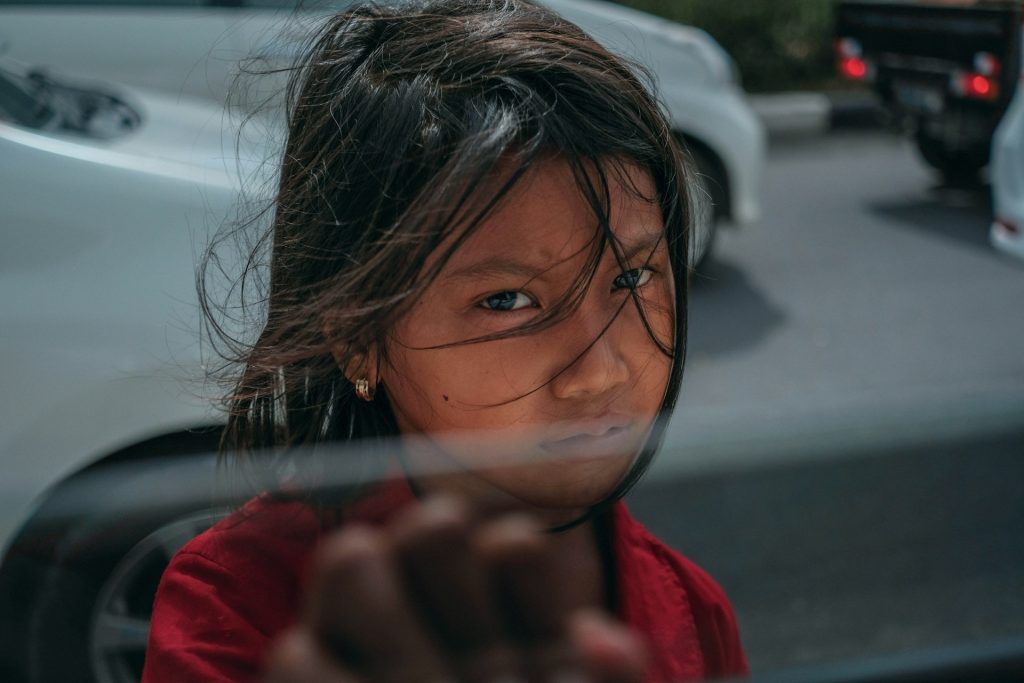
Kids love to explore—that’s part of being a child. Yet, those spontaneous moments of curiosity can quickly turn risky when they dash off without warning. Teaching them about the dangers of running away isn’t about scaring them; it’s about empowering them to make safer choices.
Here are eight important risks every parent should discuss with their children, along with practical tips to help them stay close and aware.
1. They Might Get Lost in an Unfamiliar Place
Children can become overwhelmed if they wander away in large stores, busy streets, or noisy environments. Once they realize they’re alone, fear sets in quickly, and they may not know how to find their way back. Emphasize that staying near a trusted adult keeps everyone safe and calm, because reuniting can feel like an eternity when you’re lost.
2. They Can Be Hit by a Car or Bicycle
Running into the street on impulse is a leading cause of childhood injuries. Little ones often don’t grasp how fast traffic moves or how limited a driver’s vision can be. Teach them to always stop at the curb and look both ways, reminding them that “excitement” is never a good reason to dash into the road.
3. They Can Be Approached by a Stranger
While we don’t want to make children fearful of everyone, being approached by a stranger when they’re alone poses serious risks. Go over what to do if they become separated—like finding a store employee or police officer. Reassure them it’s okay to seek help, but never to leave with someone they don’t know.
4. They May Panic and Make Riskier Choices
Fear clouds judgment. If a child realizes they’re lost, they might keep running, hide in an unsafe spot, or forget to call out for help. Practice “stay put” drills: explain that if they ever can’t see you, they should stop and wait in one place so you can find them.
5. They Can End Up Near Water Without Supervision
A curious kid might wander to a nearby pond or fountain, not understanding how slippery edges or shallow depths can be dangerous. Stress the importance of never going near water without an adult. Even small amounts of water can pose big risks.
6. They Might Get Locked In or Left Behind
Climbing into a parked car, running into an elevator alone, or exploring a locked storage room can quickly turn into a scary situation. Explain that looking around isn’t forbidden—it’s just important to have a grown-up nearby so they don’t accidentally end up trapped or stranded.
7. They May Enter Dangerous Terrain
Parking garages, alleyways, loading docks, or construction sites can tempt kids chasing a ball or a stray cat. Emphasize which areas are off-limits and why. Point out hazards in your own neighborhood, so your child can visualize the potential dangers rather than hearing abstract warnings.
8. You Could Lose Sight of Each Other for Hours
A few seconds of separation can feel like a lifetime to both child and parent. In crowded places like amusement parks or airports, children don’t always stay put if they’re overwhelmed or afraid. Encourage meet-up spots and teach them to memorize your phone number. Let them know how scary and complicated it can be to search for each other when they keep moving around.

Build Awareness Without Fear
Discussing the dangers of running away can be done gently. Kids don’t intend to end up in trouble; they’re just exploring with limited experience. By giving them practical safety habits—like looking both ways before crossing the street or staying calm when lost—you’re equipping them to explore more responsibly.
What strategies have helped your family keep kids from running off in public? Feel free to share your tips and experiences in the comments. Other parents could benefit from your wisdom!
Read More
- 9 Things You Should Never Buy Cheap for Your Kids
- Playground Dangers: 8 Pieces of Playground Equipment That Could Seriously Injure Your Child

Samantha Warren is a holistic marketing strategist with 8+ years of experience partnering with startups, Fortune 500 companies, and everything in between. With an entrepreneurial mindset, she excels at shaping brand narratives through data-driven, creative content. When she’s not working, Samantha loves to travel and draws inspiration from her trips to Thailand, Spain, Costa Rica, and beyond.